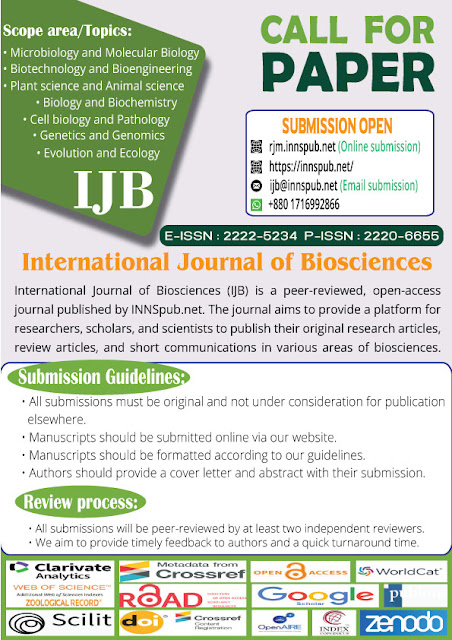Romulo R. Macadangdang JR,from the different institute of the Philippines. wrote a research article about, Red Dragon Fruit Peels: A Sustainable Corrosion Inhibitor in Acidic Conditions. entitled, Red Dragon Fruit (Selenicereus costaricensis) Waste Peels as Corrosion Inhibitor: Adsorption and Thermodynamic Studies in Acidic Environment.This research paper published by the International Journal of Biosciences (IJB).an open access scholarly research journal on Biosciences . under the affiliation of the International Network For Natural Sciences | INNSpub. an open access multidisciplinary research journal publisher.
Abstract
Metal corrosion is brought about by the oxidation of atoms on the surface, resulting in irreversible damage to structures at staggering costs. Hence, the search for efficient and cost-effective corrosion inhibitors is relevant. Waste agricultural by-products which have no food or economic value serve as good potential sources for these environmentally benign corrosion inhibitors. Ethanolic extracts of Red Dragon Fruit (RDF) have been previously reported to contain high amounts of flavonoids and polyphenols, which can manifest inhibitory activity against corrosion brought about by aggressive electrolytes. In this study, the ethanolic extract of Selenicereus costaricensis waste peels was tested for its anti-corrosion property using weight loss method. We have also probed its performance as a potential corrosion inhibitor at a range of different temperatures from 303 to 343 K. The calculated inhibition efficiency of 2% RDF was 97%. Thermodynamic studies reveal that increasing inhibitor concentration raises the activation parameters of mild steel in an acidic medium such as activation energy (Ea) and changes in enthalpy (DHo) and entropy (DSo). It was found that the corrosion inhibition process using RDF waste peel extract mainly occurs under diffusion control. Moreover, increased immersion time, inhibitor concentration, and temperature led to increased inhibition efficiency. The spontaneous process (DGoads = -23.47 kJ/mol) of adsorption of RDF on mild steel surfaces obeys the Langmuir isotherm model.
Introduction
Corrosion is characterized by the degeneration of surfaces in a particular environment or condition (Sedik et al., 2020). In fact, corrosion imposes a global problem where everyone is concerned because it directly affects the big and small companies and economies of countries. This chemical reaction is a combination of oxidation and reduction processes and has various detrimental effects on infrastructure, resources and art and comes with serious financial implications. Metals, such as mild steel, are of huge value in the industry, whether small-scale or largescale and in the household. However, when mild steel is exposed to atmospheric oxygen and numerous gases and chemicals, it tends to corrode, which leads to contamination, safety issues and reduction in efficiency (Prashad et al., 2020). The latter is just an example wherein metal, a non-renewable resource, is wasted, which can even lead to the scarcity of metal someday. The need for a low-cost, environmentfriendly, and efficient corrosion inhibitor should be addressed.
Since corrosion is a natural phenomenon, metals will just corrode over time, especially if they are left without any maintenance, preventive coatings, or corrosion inhibitors. Several corrosion inhibitors such as novel triazole derivatives (Nahle et al.,2021), Schiff base compounds (Al-Amiery et al., 2021), alkylimidazolium ionic liquids (Hajjaji et al., 2021), and macrocylic polyether compounds (Paul et al., 2021), plant extracts (Akinbumulo et al., 2020; Deghani et al., 2020; Ogunleye et al., 2020; Hague et al., 2021) have been reported. Among these known corrosion inhibitors, particular interest is pointed to plant extracts as these require facile and green extraction processes.
Selenicereus contaricensis, locally known as red dragon fruit (RDF) has peels characterized by bright red color and no food value (Fig.1). The bright red pigment in RDF was reported to contain rich phytochemicals such as anthocyanins (Rosiana et al., 2021), flavonoids and polyphenols (Padmavathy et al., 2021), which are known antioxidants. In theory, antioxidants impede the oxidation reaction making this group an excellent choice for corrosion inhibition.
Hence, the goal of this study is to explore the potential of Red Dragon Fruit (RDF) peel ethanolic extract as a corrosion inhibitor for mild steel that was submerged in an acidic medium (1M HCl).
The corrosion inhibition efficiency and corrosion rate were probed by mass loss measurements. A morphological assessment of mild steel products was done using optical microscopy to compare the surface of bare mild steel coupons and their coated counterparts. In addition, this study also aims to elucidate the thermodynamics and adsorption behavior of the adsorption and corrosion inhibition processes.






%20peels..JPG)




%20in%20full.JPG)


0 comments:
Post a Comment